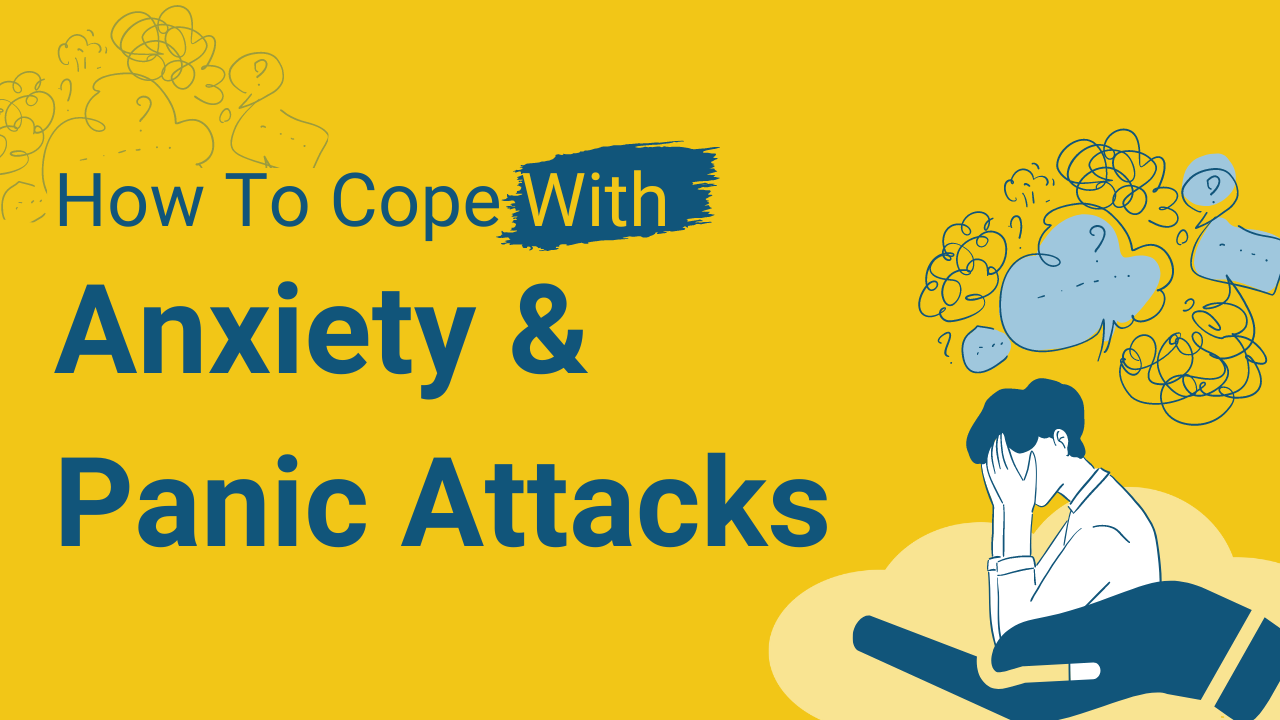Understanding Anxiety: Causes, Symptoms, and Treatment Options
Introduction:
- Start with a brief introduction to the topic of anxiety.
- Mention the importance of mental health and seeking professional help when needed.
Body:
1. What Is Anxiety?
- Define anxiety and differentiate between normal anxiety and anxiety disorders.
- Explain how anxiety can manifest in different ways, such as generalized anxiety disorder (GAD), social anxiety disorder, panic disorder, etc.
2. Causes of Anxiety:
- Discuss the various factors that can contribute to the development of anxiety disorders.
- Mention genetics, brain chemistry, personality, and life experiences as potential causes.
3. Common Symptoms:
- List and explain common symptoms of anxiety, including physical, emotional, and behavioral signs.
- Mention how these symptoms can impact a person's daily life.
4. Diagnosis and Assessment:
- Describe how mental health professionals diagnose anxiety disorders.
- Explain the importance of a thorough assessment to rule out other medical conditions and tailor treatment.
5. Treatment Options:
- Discuss different treatment modalities for anxiety disorders, including therapy (cognitive-behavioral therapy, exposure therapy), medication, and lifestyle changes.
- Highlight the importance of individualized treatment plans.
6. Coping Strategies:
- Provide practical tips and coping strategies for managing anxiety on a day-to-day basis.
- Include techniques such as mindfulness, relaxation exercises, and stress management.
7. Seeking Help:
- Encourage readers to seek help if they or someone they know is struggling with anxiety.
- Mention the benefits of professional support and reducing the stigma surrounding mental health.
8. Real-Life Stories:
- Share success stories or testimonials of individuals who have overcome anxiety with the help of treatment.
- This can provide hope and motivation to readers.
Conclusion:
- Summarize key points discussed in the blog post.
- Reiterate the importance of seeking help and destigmatizing mental health issues.
- Include a call to action, such as encouraging readers to schedule a consultation or share the post with others who might benefit.
Additional Tips:
- Use a friendly and empathetic tone throughout the blog post.
- Include relevant images or infographics to make the content more engaging.
- Provide links to reputable sources and additional resources for readers to explore further.
- Consider adding a comments section to encourage discussions and community support.
Remember to research and stay up-to-date with the latest information and guidelines in psychiatry to ensure the accuracy and relevance of your blog posts.
.png)

